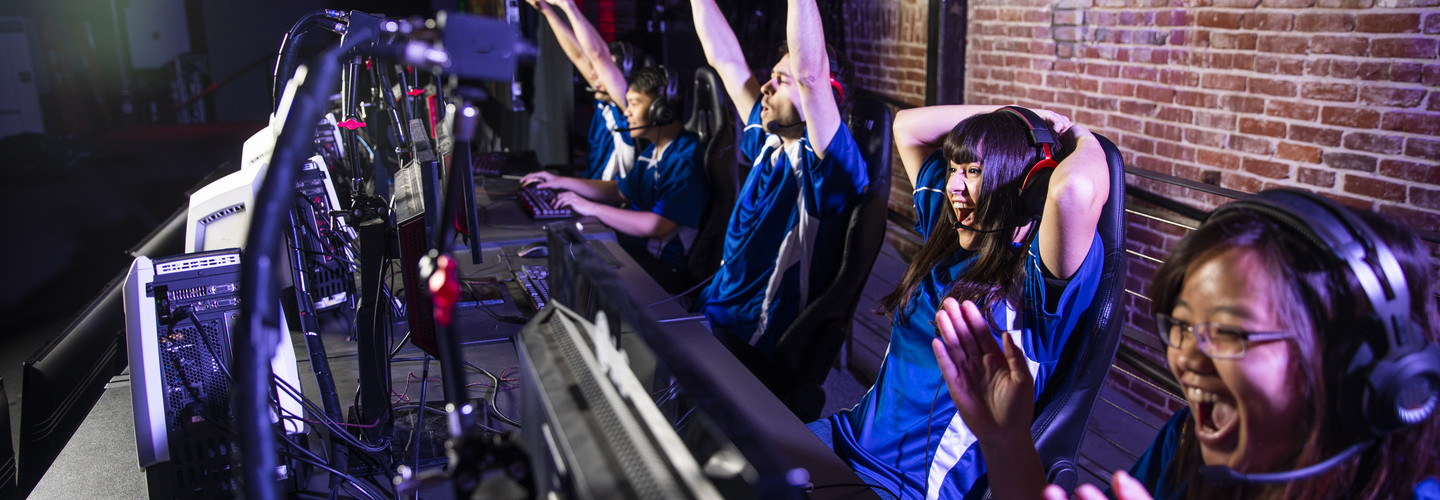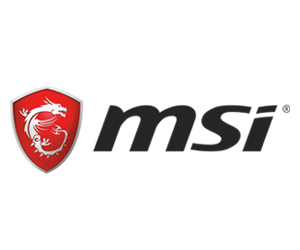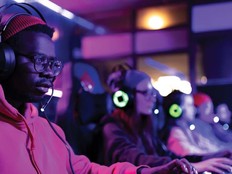The high-end machines also have sufficient computing power that enables players to compete and stream simultaneously. This creates a significant advantage for the esports program overall. “Livestreaming our competitions and practices provides community-building opportunities,” he says. “It helps prospective students understand what our program is and how competitive we are.”
He notes that a less expensive computer would typically ruin the streaming quality for viewers. “To have the bandwidth to do that, you need a very powerful computer,” Reape says.
Forging Strong Partnerships to Win Prospective Students
Haberman tapped CDW•G for help in acquiring Aegis RS gaming computers from equipment maker MSI. According to Haberman, it was crucial to have a partner to help navigate the complex gaming hardware space, where prices and specifications can vary greatly.
“You can’t go to Best Buy and build an esports facility,” says Haberman, who turned to CDW•G to help him outfit Eastern University’s 1,200-square-foot competitive gaming space. “The partnership was invaluable. They had industry experience and facility-building knowledge. They could make recommendations at multiple price points. And they could basically guide the entire esports setup.”
As Haberman sought to assemble a competitive gaming facility, he had a lot to consider. “You need gaming chairs, you need familiarly branded PCs with all the specs to run the game at the highest settings. Every player needs a headset. They need keyboards and mice,” he says. “The students need to see all this to know that they are going to be competitive, and CDW•G had everything I needed.”
MORE ON EDTECH: Here's 3 factors to consider when developing a college esports program.
The CDW•G team also introduced him to MSI, laying the foundation for a mutually beneficial collaboration.
“We have been cross-promoting, doing livestreams that have presented the MSI and CDW•G logos. And they, in turn, have supported us with additional marketing opportunities to help promote Eastern as a growing, vibrant, new esports program,” Haberman says.
That professional presentation is key to marketing the program to prospective students during livestreamed events — especially when campus visits are curtailed. “This is how students identify whether they are interested in our program,” he says.
Top Specs Attract Top Esports Players
According to Reape, the high-end equipment helps Mizzou recruit top players. His machines have Intel Core i7 processors and NVIDIA GeForce RTX 3060 Ti 8-gigabyte GDDR6 graphics cards, with 16GB of RAM.
“For those who played at their kitchen table in high school, they come in to see what we have. And they cannot wait to get their hands on it,” he says.
In addition to the robust processor and graphics specs, the small footprint of MSI machines — at just 13.93 by 3.84 by 9.90 inches, with stand — gives his players a competitive edge by creating more desk space for the mouse.
“It allows for more flexibility,” Reape says. “There are different sensitivities on the mouse, and we wanted the students to have as much room as possible to play in the way that feels comfortable to them.”
Looking ahead, Reape expects to refresh his equipment fairly regularly to help his team compete at a professional level. And when it’s time for an upgrade, he’ll look to CDW•G for guidance. “For any future projects and purchases, they will help us figure out what equipment we need and how we can actually get it on campus,” he says.
Brought to you by:












